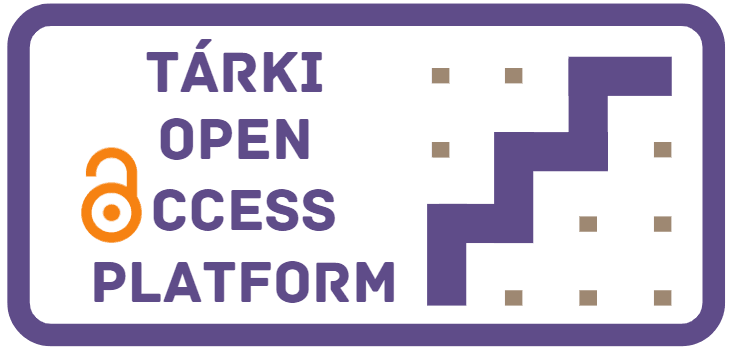Poverty dynamics during the economic crisis in Hungary
letöltésBranyiczki, Réka; Gábos, András
Poverty dynamics during the economic crisis in Hungary
In Hungary, the financial and economic crisis (and its aftermath) upset the stagnating or slightly improving poverty trends of the late 1990s and early 2000s. Both inequality and relative income poverty rates1 increased during the period from 2007 to 2012/13 (from 12.6 per cent to 17 per cent between 2007 and 2012, based on TÁRKI data, and from 12.3 per cent to 15 per cent between 2007 and 2013, according to the Hungarian Central Statistical Office – HCSO). Moreover, the increase in the severe material deprivation rate2 (which is strongly correlated with real income) was especially dramatic (TÁRKI: from 34 per cent to 37 per cent between 2009 and 2012; HCSO: from 18 per cent to 28 per cent between 2007 and 2013). Then both indicators decreased significantly after the crisis: the former from 15 per cent to 13.4 per cent, and the latter from 28 per cent to 16 per cent, according to the HCSO (HCSO, 2017; Szivós and Tóth, 2012). Aside from the crisis, social policy interventions that shifted with the political wind also affected poverty trends (Gábos and Tóth, 2017). Analysis of the cross-sectional TÁRKI Household Monitor surveys indicates that some of the tendencies visible in the post-transition period increased during the financial and economic crisis (2009–12); thus social segregation and the intergenerational transmission of poverty have been on the rise (Gábos et al., 2012). The drop in the severe material deprivation rate between 2012 and 2014 was mostly thanks to groups at low risk of poverty leaving deprivation status (Gábos et al., 2015: 57). Our aim is to check whether or not these conclusions based on cross-sectional survey data are also supported by panel data. First, we look at how data from the longitudinal survey can supplement the snapshots of cross-sectional data. For example, it is important for social policy making to see whether most of the people living in poverty in a given year are persistently or only temporarily poor, and to identify which social groups are more likely to enter or exit poverty. In Hungary, 13.8 per cent of the population were income poor in 2011 and 64 per cent were persistently income poor.3 Both values are around the EU average. Similarly, the proportion of people who exited poverty during 2008–12 was close to the EU aver-age: approximately 35 per cent of the people at risk of poverty in the preceding year. Meanwhile, the share of people entering poverty was 5.5 per cent on average during this period – below the EU average (Vaalavuo, 2015). How-ever, basing its conclusions on earlier data (from 2006–09), the European Commission has categorized Hungary as a country with a high risk of entering poverty and a low risk of exiting it, and with a relatively high persistent at-risk-of-poverty rate (EC, 2013). We analyse the longitudinal database of the European Union Statistics on Income and Living Conditions (EU-SILC), coordinated by Eurostat. First, we briefly describe the database and our methodology (section 2); then we show the trends of persistent poverty and persistent severe material deprivation in the EU (section 3). In section 4, we turn to Hungary and compare the sociodemographic characteristics of those groups that entered poverty and severe material deprivation between 2009 and 2012 with those groups that exited poverty and deprivation between 2011 and 2014. We also report multivariate statistics on the correlation between these socio-demographic characteristics and the measures of poverty (section 5). Finally, in section 6, we summarize our findings.
